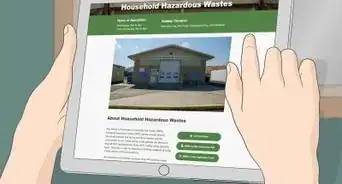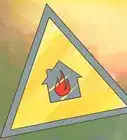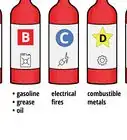This article was co-authored by wikiHow staff writer, Megaera Lorenz, PhD. Megaera Lorenz is an Egyptologist and Writer with over 20 years of experience in public education. In 2017, she graduated with her PhD in Egyptology from The University of Chicago, where she served for several years as a content advisor and program facilitator for the Oriental Institute Museum’s Public Education office. She has also developed and taught Egyptology courses at The University of Chicago and Loyola University Chicago.
This article has been viewed 70,236 times.
Learn more...
Being prepared in the event of a house fire can mean the difference between life and death, and should it happen, there is precious little time to waste. Prepare for the worst and keep your family safe by making a fire escape plan and conducting home fire drills twice a year.
Steps
Making a Plan
-
1Hold a family meeting to discuss a plan. Discuss various ways you can evacuate your home safely and promptly in the event of a fire. Get everyone involved, including any children in your home.
-
2Do a walk through. Go through your entire house with your family and look for means of quick escape. If possible, plan on at least two escape routes for each room.[1]Advertisement
-
3Make sure all doors and windows can be easily opened. Be sure there are no obstructions by these exits that could slow down your evacuation. If you have security bars on your windows, make sure they have emergency release mechanisms.[2]
-
4Draft a floor plan of your home. Make sure that all exits are clearly marked, including doors and windows. Use different colors to indicate the routes out on each floor, and go over the map with your family periodically and before fire drills so that no one forgets exactly where to head in the event of a fire emergency.
- If you have kids, ask them to help you draw up the escape plan. This is a fun way to get kids involved in fire safety planning. You can download a kid-friendly escape plan grid from this page of the National Fire Protection Association website: http://www.nfpa.org/escapeplan.
- Write your local fire department’s emergency phone number on the plan.
-
5Make sure you have the proper fire safety and evacuation supplies. You will need supplies to use for your drill, and in a real house fire. These items include everything from fire extinguishers to escape ladders, as well as working smoke detectors. If you have them, test them out before the drill to guarantee that they are functioning properly, and make sure everyone knows how to use and care for them properly. To be fire safe, your home should have:
- A smoke alarm on every level, and preferably one inside and outside each sleeping area. Smoke alarms should be tested once a month, and their batteries should be changed at least once a year.[3]
- At least one all-purpose fire extinguisher. However, although fire extinguishers are important for fire safety, your fire drill plan should focus on escape rather than trying to extinguish the fire.[4]
- Escape ladders, particularly for homes with two or more floors.[5]
-
6Make sure everyone in the house wakes up when the smoke alarms go off. If anyone is not awakened by the smoke alarms, assign someone in the household to wake that person during a drill or in the event of an actual fire.
- If anyone in your house is deaf of hard of hearing, you can ask your local fire department about non-auditory alarms (for example, alarms that vibrate or flash a bright light).[6]
-
7Practice using the fire-escape ladders if you need them. Demonstrate how to configure the equipment and show the family how to use it. For safety reasons, do this from a first-floor window or balcony. Children should always practice using fire-escape ladders with adult supervision. When you're done, store the ladder beside the window for quick access in the event of a fire.[7]
-
8Choose a safe meeting place outside of your home. Use this place to meet up during drills and in the event of a real fire. Make sure the location is far enough from your home to avoid being harmed by the fire, but still close by.[8]
- A spot across the street or a neighbor's lawn are good ideas. Pick a specific landmark, like a lamp post or a mailbox.
- Mark the location you select on your escape plan.
-
9Plan to keep cell phone with you. In the event of a real fire, you can use it to contact emergency services after you have moved to a safe location. Encourage everyone in the family to memorize local emergency phone numbers.
-
10Make a plan for family members who need help. Very young children, elderly people, and people with limited mobility may need help getting out of the home during a drill or a real fire. Assign a member of the family to assist anyone who needs help.
Practicing your Plan
-
1Conduct a fire drill twice a year. Regular practice will help your family feel prepared and calm in the event of a real fire emergency.
-
2Keep the drill as realistic as possible. The point of a drill is to practice exactly what you would do during a real fire. Try to simulate all of the safety and escape techniques you discussed when you created your fire plan.
- Blow a whistle or set off your smoke alarms, and help your family out quickly and calmly.
- Practice rolling out of bed and staying low to the floor to avoid inhaling “smoke.”
- Close doors behind you to prevent the spread of smoke and fire.
-
3Conduct the drill at an unexpected time. To make the drill experience more realistic and test your family’s preparedness, run the drill at night, or at some time when your family is present at home but unsuspecting.
- If you have small children, allow them to practice the drill a few times before surprising them with a nighttime drill. You can also warn them before they go to bed that there will be a drill during the night. Part of the purpose of the drill is to help everyone remain calm in the event of a real fire emergency, so it is important that the drills are not frightening for young children.[9]
-
4Practice different scenarios. Regular fire drills provide an opportunity to try out all of the possible escape plans you and your family have developed together.
- Try different escape routes (for example, via the escape ladder, through a window, or through a door).
- Practice a scenario where no safe escape routes are available. Move to a room where your hypothetical fire has not spread and close all the doors. Put towels under the doors, and seal any cracks around the doors and vents in the room with duct tape. If there are windows in the room, open them slightly to provide ventilation.[10]
-
5Make sure everyone stays outside until the drill is over. In a real fire, it is crucial to stay outside until the fire has been put out. Instruct your family to remain at the designated meeting place until the drill has finished.
-
6Put everything away as it was before the drill. That way, everyone will know how to find the things they need in case of a real fire emergency. Congratulate your family on a job well done!
Learning More
-
1Visit a local fire station or emergency preparedness center. The workers and firefighters can offer additional tips, recommendations for equipment, and smoke alarm inspections.
-
2Check out your local fire department’s website. Many fire department websites feature home safety tips, information about local emergency services, and links to other useful resources.
-
3Read books on fire safety with your family. Children’s books on fire safety are a fun way to get your kids involved and thinking about what to do in a fire emergency.
- To get kids thinking about what to do in case of a fire, try a book like No Dragons for Tea: Fire Safety for Kids by Jean Pendziwol and Martine Gourbault.
- Miss Mingo and the Fire Drill, by Jamie Harper, can help introduce kids to the concept of a fire drill.
Community Q&A
-
QuestionWhat if my family doesn't like fire drills, and ignores me when I ask for one?
 Community AnswerSit them down and explain how much it means to you, and try to make one with them. Tell them the dangers of not having one.
Community AnswerSit them down and explain how much it means to you, and try to make one with them. Tell them the dangers of not having one. -
QuestionWhat if the smoke alarms are really loud and may affect my neighbors?
 Community AnswerIt's good if the smoke detectors are loud. If there is an actual fire, everyone can hear it and call the fire department, and it can wake you up in time so you can stay alive.
Community AnswerIt's good if the smoke detectors are loud. If there is an actual fire, everyone can hear it and call the fire department, and it can wake you up in time so you can stay alive.
Warnings
- Always call emergency services (911 in North America, 999 in the UK) immediately in the event of a real house fire, but make sure all family members and yourself are safely out of the burning home and accounted for before doing so (if possible).⧼thumbs_response⧽
- When the firefighters arrive, stay out of their way in your designated meeting location. Do not go back in the burning home for anything - your lives are more important than your possessions.⧼thumbs_response⧽
References
- ↑ http://www.mass.gov/eopss/docs/dfs/osfm/pubed/flyers/home-escape-plans-indd.pdf
- ↑ http://www.nfpa.org/public-education/by-topic/safety-in-the-home/escape-planning/basic-fire-escape-planning
- ↑ https://www.ready.gov/home-fires
- ↑ http://www.nfpa.org/public-education/by-topic/fire-and-life-safety-equipment/fire-extinguishers
- ↑ http://www.nfpa.org/public-education/by-topic/safety-in-the-home/escape-planning/basic-fire-escape-planning
- ↑ https://www.ready.gov/home-fires
- ↑ http://www.nfpa.org/public-education/by-topic/safety-in-the-home/escape-planning/basic-fire-escape-planning
- ↑ http://www.nfpa.org/public-education/by-topic/safety-in-the-home/escape-planning/basic-fire-escape-planning
- ↑ http://www.nfpa.org/public-education/by-topic/safety-in-the-home/escape-planning/basic-fire-escape-planning

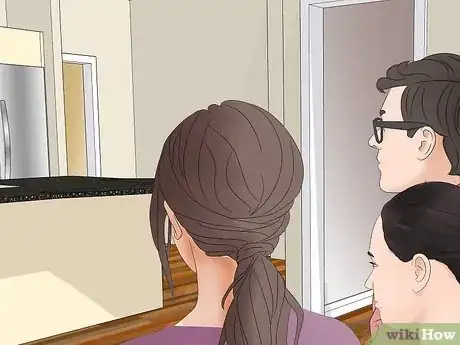
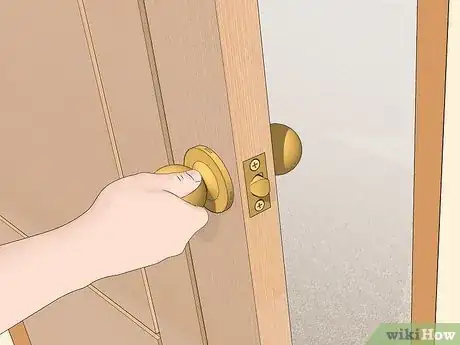
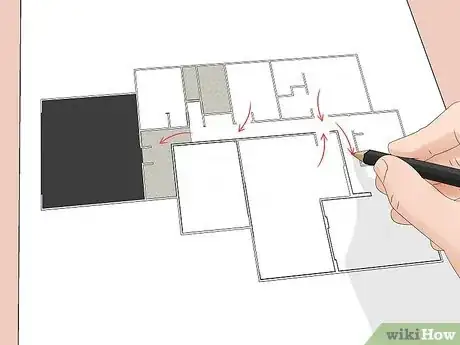
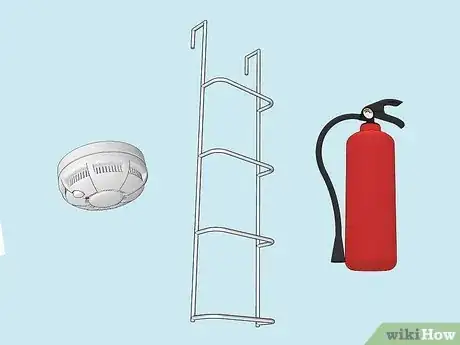
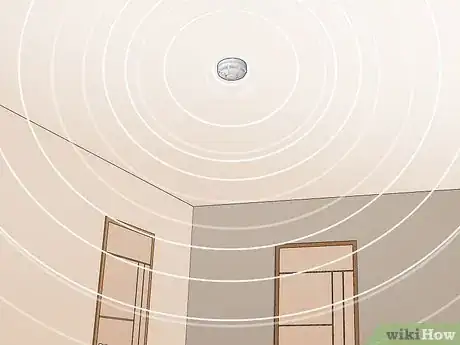
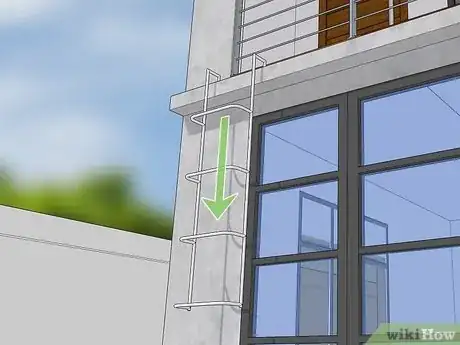

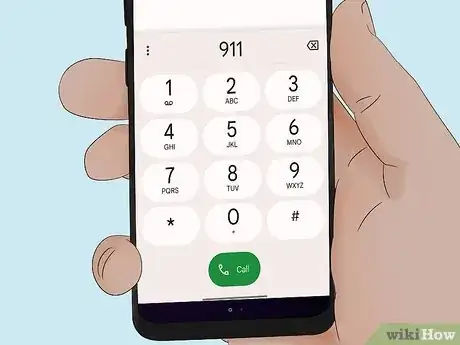


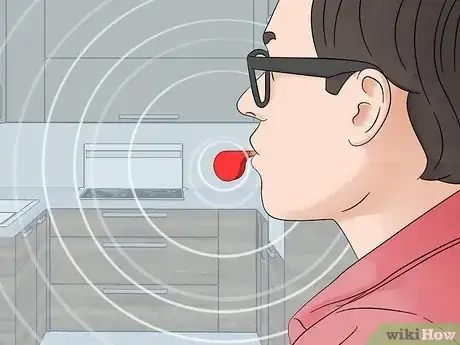
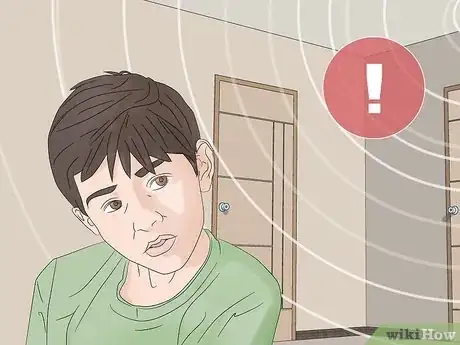
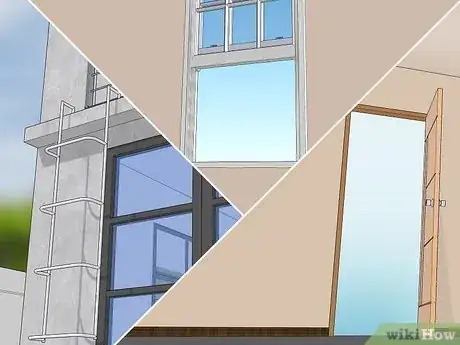
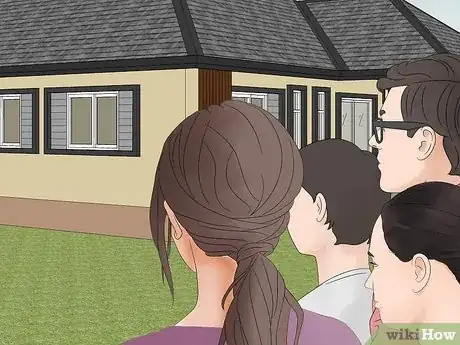
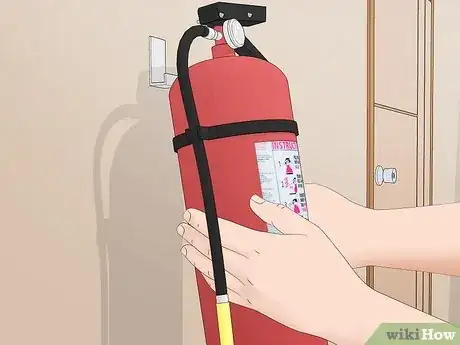
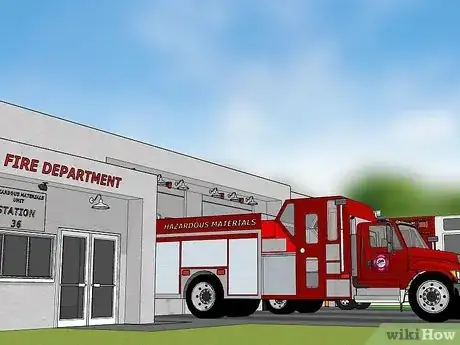
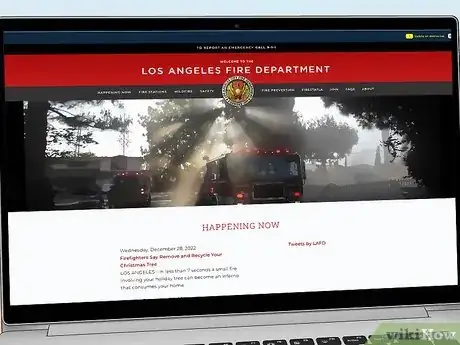






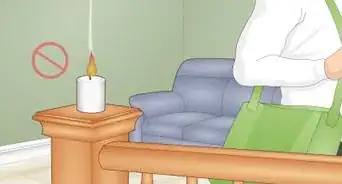
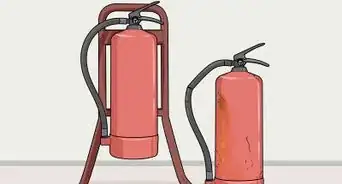

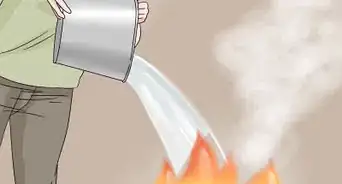
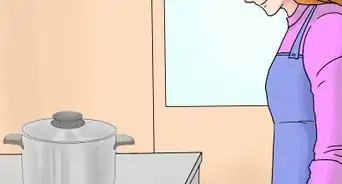


-Step-11-Version-2.webp)
